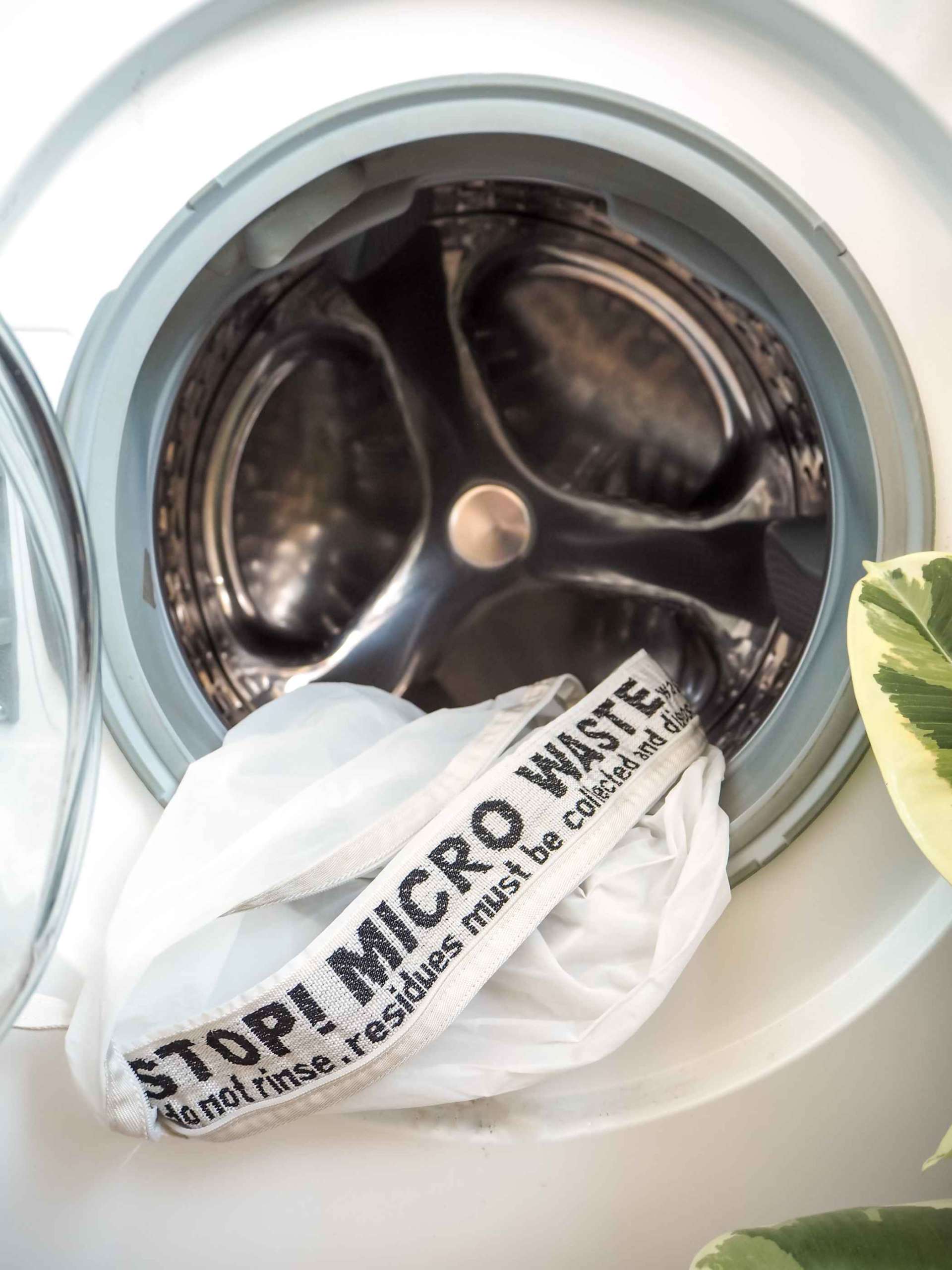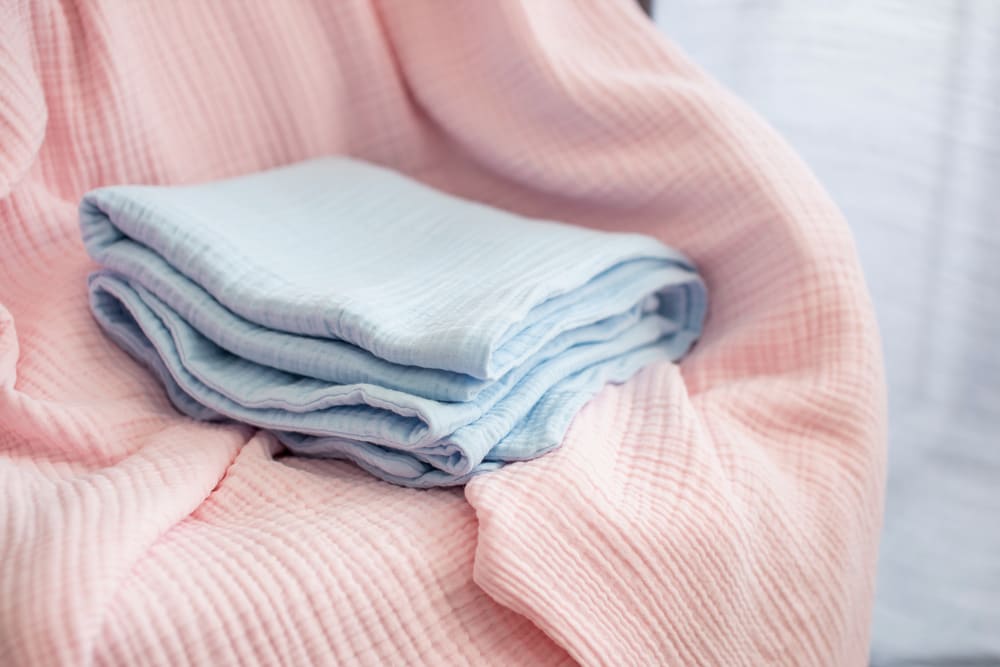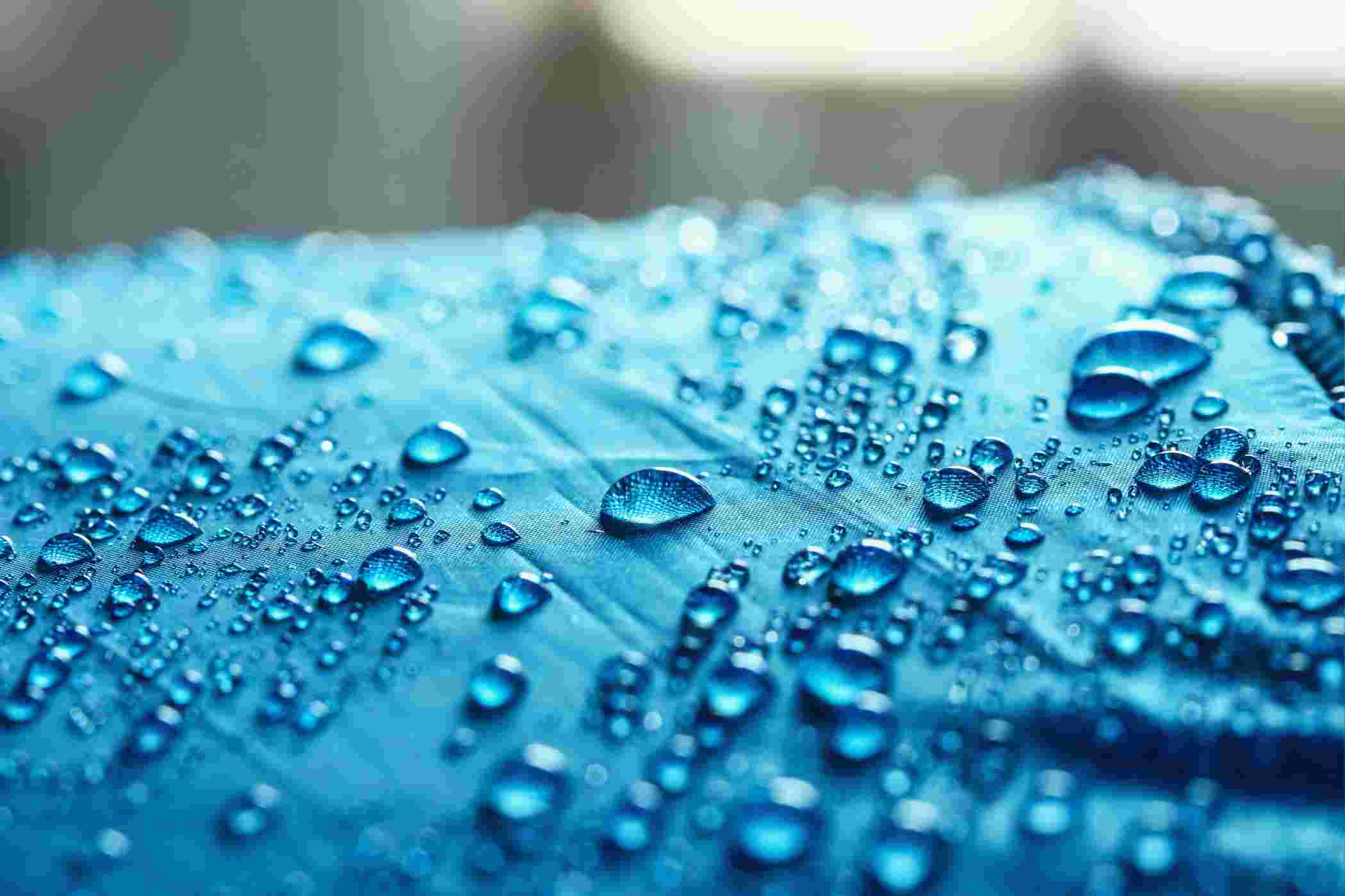Identifying Warp and Weft While Handling Woven Fabrics

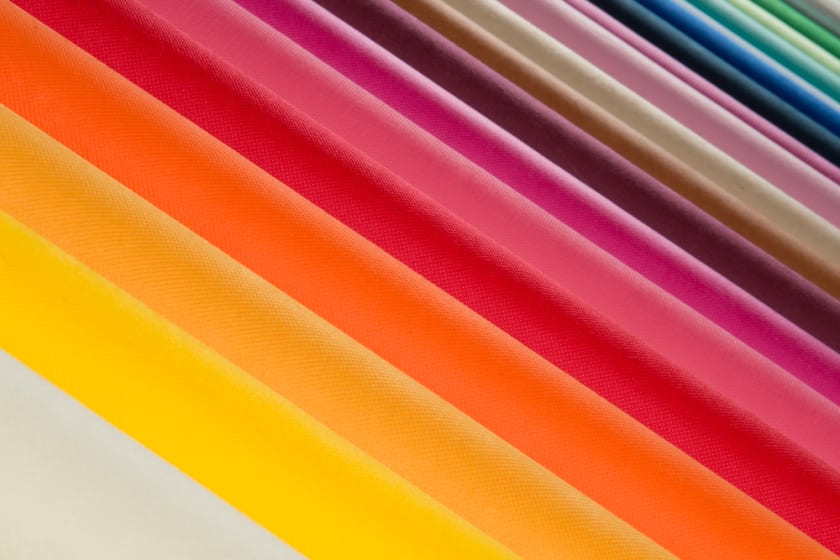

Warp and weft are known to be the two most common weaving elements to turn threads into fabrics. Warp threads or yarns are wrapped on a fixed frame in a longitudinal position. The weft is then put into a transverse direction and inserted to and fro under the warp to finish the weaving process. Different names are used to refer to warp and weft in numerous parts of the world.
In some regions of the US, the weft thread is called a pick, while some people call it the filling yarn. The resemblance of warp and weft can be very similar at times, and therefore it’s difficult to differentiate between them. In this post, we are going to highlight the main differences between warp and weft that you can use to identify them while handing woven fabrics.
Warp and Its Types
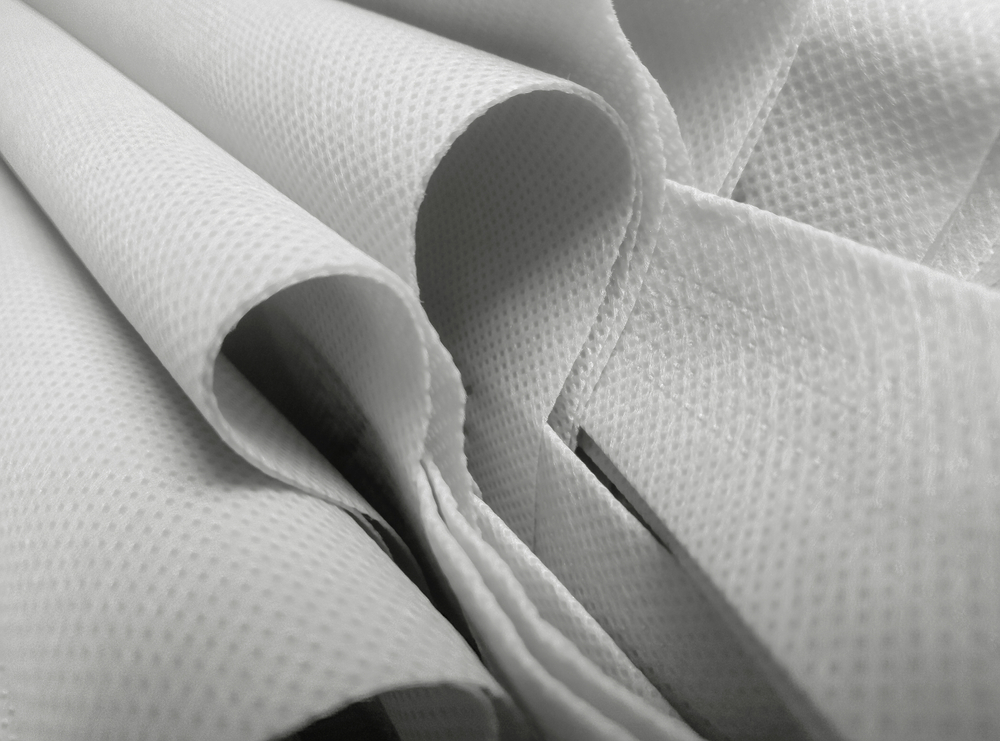
Warp is the stern set of yarns added in a loom through which the weft is inserted in and out for weaving cloth. It often includes two or more sets of components. You can witness a warp in a piece of fabric as the longitudinal set of weaving. The warp needs to be stronger than the weft as it undergoes high tension at the time of weaving. On the other hand, the weft does not go through any pressure-bound procedure.
Before the industrial revolution, wool, silk, and linen yarns were prominently used as warp to create fabrics. But now, lightweight components like nylon and rayon can be used in the process due to the reduced pressure of mechanised weaving. Different types of warp weave are:
Tricot
Tricot fabric is used to make undergarments and high-quality lingerie. You may have noticed that one side of the underwear’s fabric has longitudinal ribs, whereas the reverse end has crosswise lines. It is woven in such a way to sustain comfort and softness against the skin.
Milanese Knit
Most consumers confuse Milanese with tricot, but it’s far softer and more stable. This is why Milanese fabrics are expensive, and undergarments made from this knit are considered even better. Unlike tricot, Milanese knit is accomplished using two sets of yarn to create a vertical rib, whereas the reverse side has a diagonal pattern. This form of weaving method results in smooth and lightweight fabrics.
Raschel Knit
These knits are reserved for bulky fabrics that offer more coverage and safety against the skin. These knits don’t quite stretch, and therefore manufacturers use them to make unlined clothing such as dresses, coats, jackets, etc. These fabrics don’t require any specific quality of yarns and can be used to design clothes in various textures. The touch of these fabrics can also be reversible and stretchy. Fabrics made from this weaving method are used for creating military uniforms and backpacks.
Stitch Bonding
This form of warp knitting is vividly different from other types as the fabric made from this weaving technique is known for its composite texture. It is an imperative part of the textile industry also because of the high productivity rate of the entire process. It is used to make unconventional forms of textiles, and fibre-reinforced plastic is an example of it.
Weft and Its Types
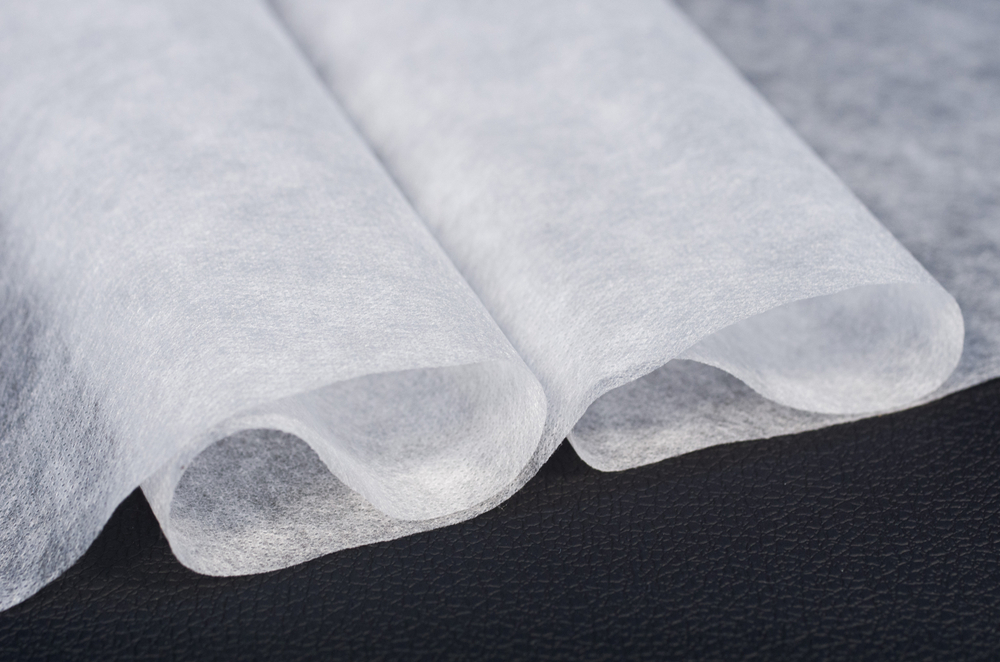
Unlike warp, the weft does not come in contact with the loom or the frame, and this is why it needs to be strong and stretchy. Cotton, flax, and synthetic fibre are the common materials used by textile companies to make weft yarns. Trained professionals thread weft through the warp either with shuttles or rapier grippers. Originally, weavers used handlooms for the threading procedure along with the shuttle method. Following are the types of weft:
Plain Knit
A plain knitted fabric can be explained as a cloth with one side containing face stitches and the other side containing back stitches. Some people also recognize this fabric as a single jersey cloth because it is not reversible. This type of cloth is produced with a linear array of needles, and the knitting involves a mainstream weaving process used to fabricate everyday clothing.
Purl Knit
Purl knit utilises the exact opposite weaving technique as compared to plain knit. While plain knitting is all about a uniform and linear array, purl knitted fabrics are produced by creating stitches in opposite directions on every adjacent course. The process of purl knitting is different from plain weaving, and that’s why it involves the use of special latch needles.
Interlock Knit
The amalgamation of two rib-knitted designs is described as the interlock knit. The face stitches of one rib structure are imposed on the reverse stitches on another rib structure resulting in an interlock. Therefore, the knitting showcases only face stitches on both sides. The best part is, you can’t detect the presence of reverse stitching even after stretching the fabric. Clothes made from interlock knitting are not stretchable.
Rib Knit
If you can only see the face stitches of a fabric, then you are looking at a fabric produced from rib knitting. Rib knitting is the most difficult of all weaving techniques because it encompasses the use of two needle systems. Textile professionals place one of these opposite to the other to create stitches in an adjacent course in the opposite direction. Most people also recognize this clothing as double face fabrics.
If you stretch this type of clothing from its width, you can see both face and reverse stitches in alternative courses. Apart from this, releasing the stretch will hide the reverse stitches beneath those face stitches. The best part is that the edges of the fabric don’t create curls. Interestingly, the quality of the yarn you use to fabricate a piece of clothing can effectively leave an impact on its elastic pattern, irrespective of its knitting structure.
How to Identify between Warp and Weft (Especially As the Consumer)?
Despite so many different types and categories of warp and weft knitting, it can be a little tricky for people to differentiate them while looking at woven clothing. The right method of identification is even more important for professionals and textile workers to properly cut the fabric while producing different types of garments. Here’s how you can easily identify warp and weft based on their discrete properties:
- If you witness yarns knitted in the same direction while looking at a plain weave, it means that it’s a warp.
- When you are examining a twill weave, you can conclude the knitting in a diagonal pattern as the weft or filling yarn.
- Satin weaves consist of warp yarns in a floating design. When you move your finger across the floats, you will be able to witness the warp. Or else it is the cotton fabric.
People don’t feel the need to examine the fabric to identify warp and weft if they are aware of the fabric type and its numerous characteristics. However, the following ways can help you assess the knitting type without even knowing about the name of the fabric:
- The simplest and most common technique to check the fabric and identify the type is to hold it in both hands and stretch it lightly. If you sense the strength in the fabric, it means that it is made up of warp yarns. On the other hand, weft yarns can handle little to no tension when it comes to putting pressure on the cloth.
- Look at the size and pattern of the yarns. Variation in the size of yarn points that it’s a warp because weft or filling yarns are generally used in the same size. In addition to this, the weft is known to be more stretchable than warp.
- Fabrics produced with weft don’t sustain the strength against the pressure. On the contrary, warp clothing is used for making thick coats. Also, weft or filling yarns are used to create clothing that requires a soft and shiny finish.
- The thickness of yarns indicates the use of a great amount of filling or weft to bring a touch of uniqueness to fabrics. Utilisation of ply yarns points at the warp pattern.
- Any napped fabric can be described to contain the warp yarn, given the direction of its length adjusted by the machine. Lightweight fabrics with visible uniformity in the yarns represent the presence of warp.
Conclusion
This detailed overview of differentiation between warp and weft can help consumers and people working in the textile industry to determine the type of woven fabric they are handling. This way, it will become easier for them to create or order material for customised garments hassle-free. Liked what you read? Click here to know more!















